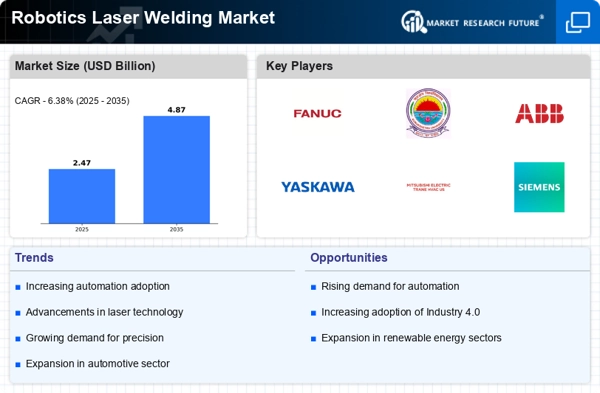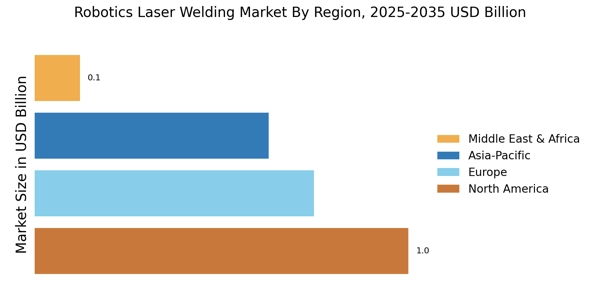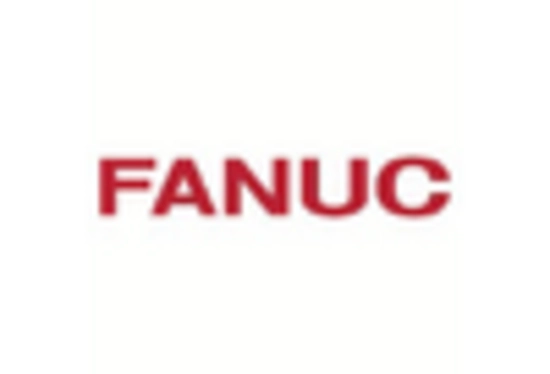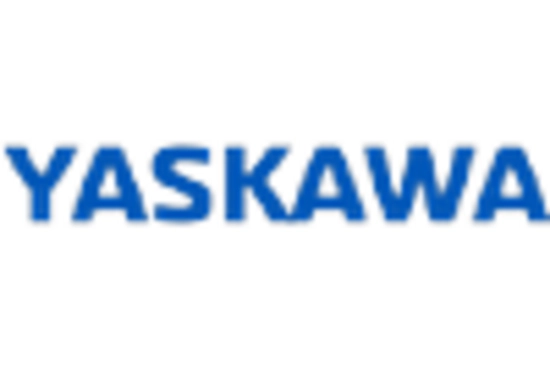Rising Labor Costs
In the context of the Robotics Laser Welding Market, rising labor costs are prompting manufacturers to seek more efficient production methods. As wages continue to increase in various regions, companies are compelled to invest in automation technologies to maintain competitiveness. The implementation of robotic laser welding systems not only mitigates labor costs but also enhances production capabilities. Data indicates that labor costs in manufacturing have risen by approximately 5% annually in recent years, leading to a greater emphasis on automation. By adopting robotic solutions, companies can achieve higher output levels while minimizing the reliance on manual labor. This shift is expected to drive the growth of the Robotics Laser Welding Market, as businesses look for ways to optimize their operations and reduce expenses.
Increased Demand for Automation
The Robotics Laser Welding Market is experiencing a surge in demand for automation across various sectors, particularly in manufacturing. As industries strive for enhanced efficiency and productivity, the adoption of robotic systems for laser welding is becoming increasingly prevalent. According to recent data, the automation market is projected to grow at a compound annual growth rate of approximately 10% over the next five years. This trend is driven by the need for precision and consistency in production processes, which robotic laser welding systems can provide. Furthermore, the integration of advanced robotics with laser technology allows for faster production cycles and reduced operational costs, making it an attractive option for manufacturers. As a result, the Robotics Laser Welding Market is likely to expand significantly, driven by the ongoing shift towards automated solutions.
Advancements in Laser Technology
The Robotics Laser Welding Market is significantly influenced by advancements in laser technology. Innovations in laser systems, such as fiber lasers and high-power lasers, are enhancing the capabilities of robotic welding applications. These technological improvements allow for greater precision, speed, and versatility in welding processes. For instance, fiber lasers are known for their efficiency and ability to weld a variety of materials, which broadens the scope of applications in industries such as automotive and aerospace. The market for laser technology is projected to grow at a rate of around 8% annually, indicating a robust interest in these advancements. As laser technology continues to evolve, the Robotics Laser Welding Market is likely to benefit from increased adoption and integration of these cutting-edge solutions.
Growing Focus on Quality and Precision
Quality and precision are paramount in the Robotics Laser Welding Market, particularly in sectors where tolerances are critical. The demand for high-quality welds is driving manufacturers to adopt robotic laser welding systems, which offer superior accuracy compared to traditional welding methods. Industries such as aerospace and medical device manufacturing are particularly sensitive to quality standards, necessitating the use of advanced welding technologies. Data suggests that companies utilizing robotic laser welding experience a reduction in defects by up to 30%, which is a compelling incentive for adoption. As the emphasis on quality continues to rise, the Robotics Laser Welding Market is expected to see increased investment in robotic solutions that ensure consistent and high-quality outputs.
Environmental Regulations and Sustainability
The Robotics Laser Welding Market is increasingly shaped by environmental regulations and a growing emphasis on sustainability. As industries face stricter environmental standards, there is a push towards cleaner and more efficient manufacturing processes. Robotic laser welding is recognized for its minimal waste generation and energy efficiency, making it an attractive option for companies aiming to reduce their environmental footprint. Recent studies indicate that laser welding can reduce energy consumption by up to 50% compared to traditional welding methods. This alignment with sustainability goals is likely to drive the adoption of robotic laser welding systems, as businesses seek to comply with regulations while also appealing to environmentally conscious consumers. Consequently, the Robotics Laser Welding Market is poised for growth as sustainability becomes a central focus for manufacturers.

















Leave a Comment